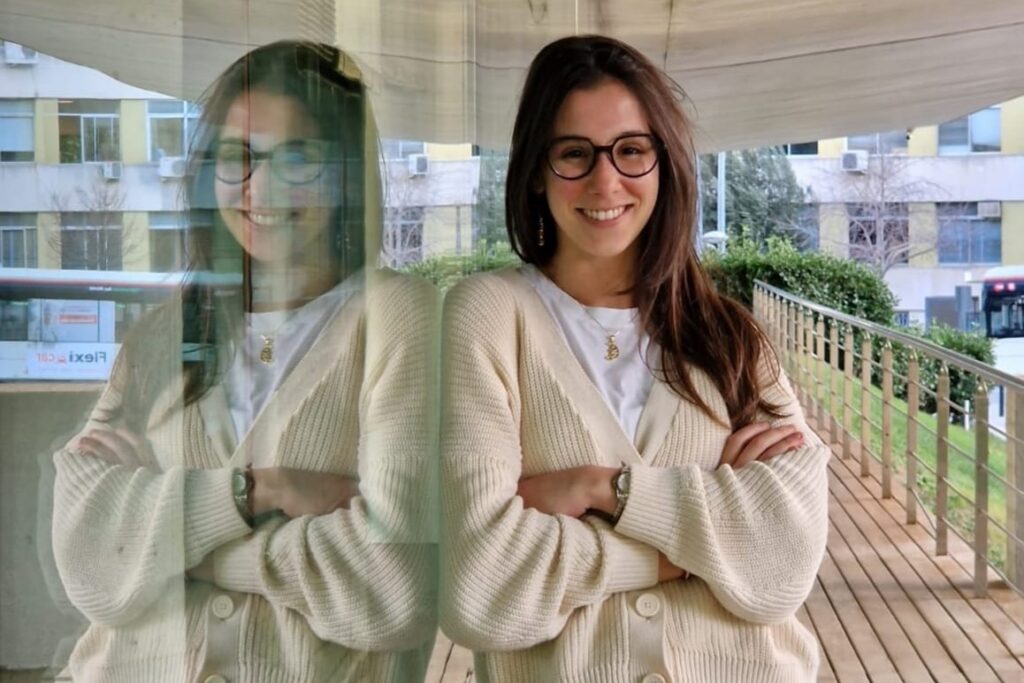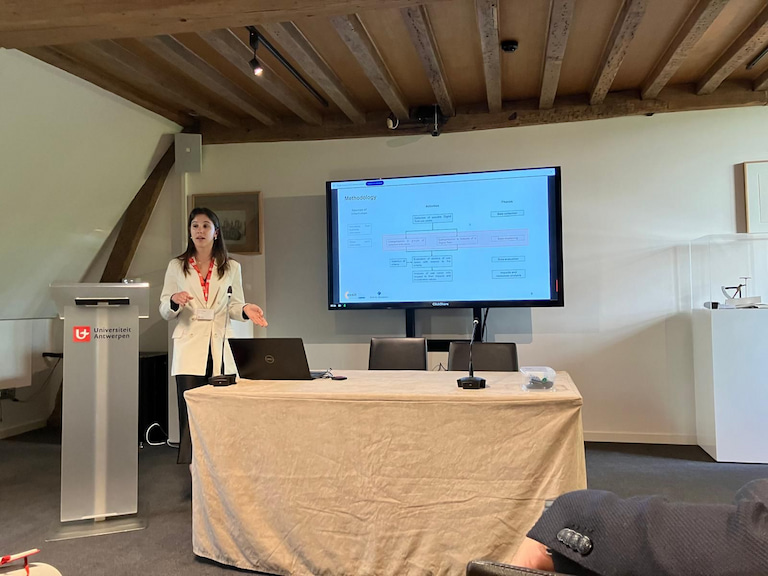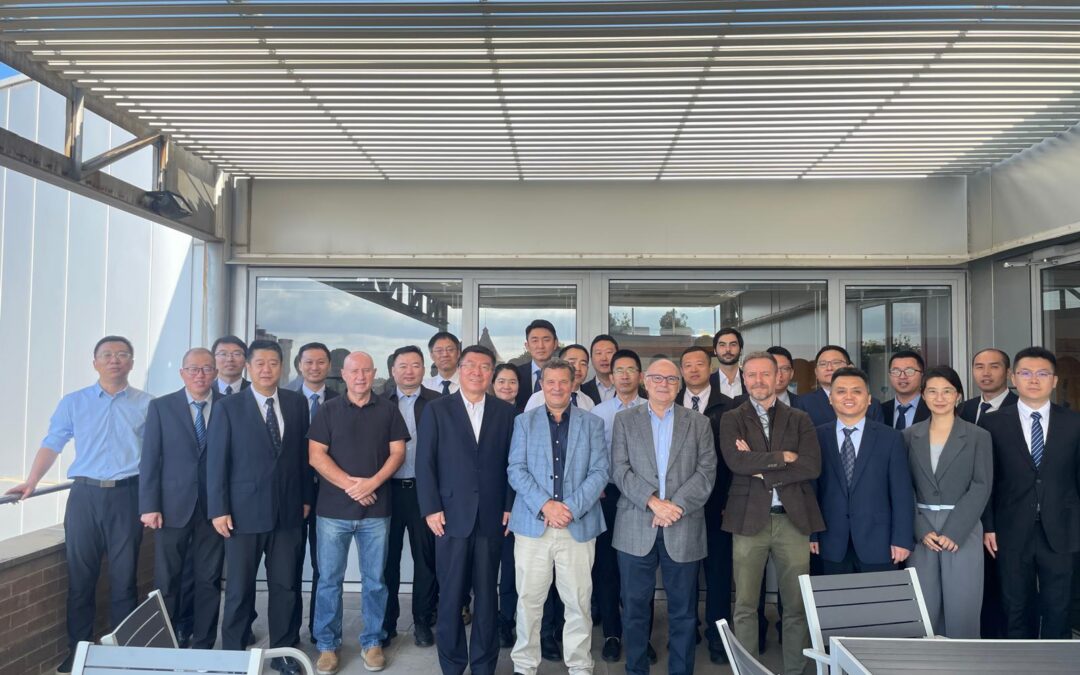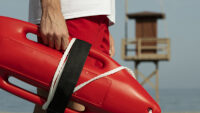
On this International Women in Engineering Day, we spotlight the work of Chiara Saragani, a researcher at CIMNE Innovation Unit in Transport, CENIT, and PhD fellow at the Port of Barcelona. Her work is contributing to the advancement of port management and logistics, with a focus on applying engineering research to real-world challenges. Through a combination of technical insight and practical implementation, she is helping shape more efficient and adaptive port systems.
A focus on optimization and real-world impact
Chiara’s path into engineering began during her studies in Italy, where she earned a degree in industrial engineering at the University of Bologna. Early on, she developed a strong interest in process optimization, exploring ways to improve performance in complex, interconnected systems.
“I’ve always loved optimizing everything,” she says. “Logistics is a perfect field because it deals with movement and flow, and there’s so much potential to make systems better.”
Over time, her interests focused on supply chain optimization, particularly in areas like distribution and logistics flows. These domains allowed her to apply analytical thinking to tangible challenges, aiming to improve how goods move and how systems respond to changing conditions.
From academic research to applied solutions
Driven by a practical mindset, Chiara chose to pursue a PhD that bridges theoretical research with real-world implementation. Her focus is on AI models, 5G connects and digital twins — virtual models of port environments used to simulate, assess, and enhance operations.
Her latest research includes mapping out potential applications of digital twins across various port authorities. Through detailed interviews with the Port of Barcelona and discussions with twelve other international ports, she identified over 80 use cases. These range from operational improvements, such as reducing ship manoeuvring time, to higher-level planning tools like data visualization for port activities.
A key part of her approach is prioritization: assessing use cases by their potential impact and the resources required. This helps decision-makers identify where digital technologies can deliver the most value early on, avoiding overreach and ensuring realistic implementation.
Practical insights and wider relevance
Chiara’s work aims to generate actionable guidance on how digital twins can support more efficient port operations. Her research shows how these tools can be used to simulate vessel schedules, streamline logistics workflows, and support better decision-making. All of which contribute to reduced costs and improved performance.
Beyond operational gains, her research also considers sustainability. She looks at how emerging technologies can support not only environmental goals, such as reducing emissions, but also broader operational resilience. In a context where ports are under pressure to become more adaptive and sustainable, this kind of integrated thinking is increasingly important.

Chiara recently presented her research article: “Conceptualising a Digital Twin Framework for Port Authorities: A Use Case-Based Study at the Port of Barcelona” at the SIGA2 Conference at the University of Antwerp.
How data-driven methods can improve forecasting
While much of her work is tied to specific port operations, Chiara’s research feeds into the wider evolution of smart logistics. She is exploring how data-driven methods can improve forecasting—for instance, predicting vessel arrivals and departures more accurately, which helps reduce bottlenecks and improve resource allocation.
Her next project involves collaboration between ports in Barcelona and Singapore. The aim is to create a flexible, transferable model that can be adapted to other port environments globally, to better estimate time of arrival and departure of vessels. This kind of international partnership reflects her broader interest in building systems that are not only efficient but scalable across different logistical contexts.
As digital tools become more central to logistics and port planning, her work stands as a clear example of how engineering research can inform real-world improvements—both in terms of daily operations and long-term strategic planning.
Navigating the field as a woman in engineering
Chiara describes her experience as a woman in a technical field as largely positive. During her university studies, she was part of a cohort where women made up around half the class—an encouraging sign in a field that’s often male-dominated. “In my professional environment, I’ve been fortunate,” she says. “I’ve never encountered outright sexism, and the culture here [at CIMNE] is very inclusive and respectful.”
Still, she acknowledges that assumptions and stereotypes persist outside professional spaces. She recalls a moment when she was discussing her work with a friend, and a stranger nearby joined the conversation. The stranger immediately assumed her male friend was the engineer—only to be surprised when he learned it was Chiara who held the technical role. It was a small moment, but one that reflected broader, lingering biases about who “belongs” in engineering.
Despite this, Chiara is optimistic. She believes the landscape is gradually shifting, with more visibility, support, and opportunities for women entering the field. She encourages young women who are interested in engineering not to let outdated perceptions hold them back.
“Don’t be afraid to go for what you want,” she advises. “If you encounter obstacles, speak up and seek support. Change is happening, and your voice matters.”
Her message is clear: representation is growing, and with persistence and support, future generations of women can feel more confident stepping into technical roles and making their mark.








